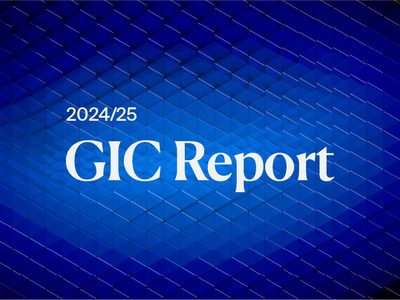Choose another country or region to see content specific to your location
Learn who we are
We’re a global long-term investor, with purpose in our hearts and the future on our minds
Purpose of Funds
Our Leadership
Our History
Our Values
Learn how we invest
Taking a disciplined approach to long-term value investing.
Our Core Strengths
Investment Framework
Learn about our portfolio
A diversified, resilient portfolio to secure Singapore's financial future.
GIC Reports
Our Performance
Read Now
